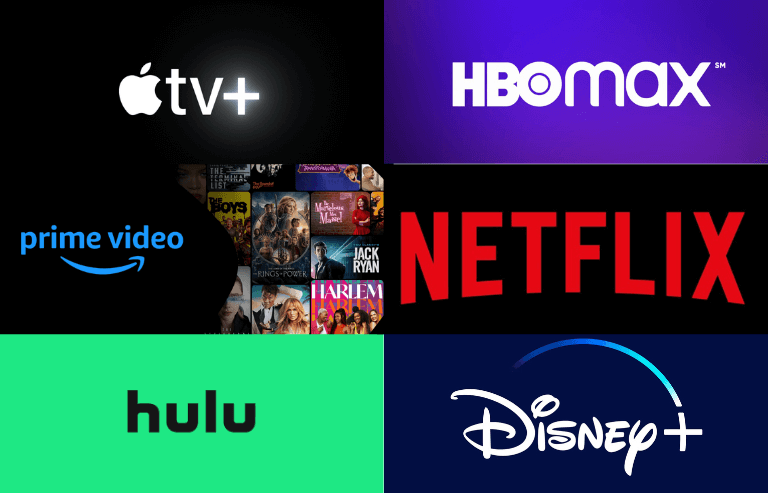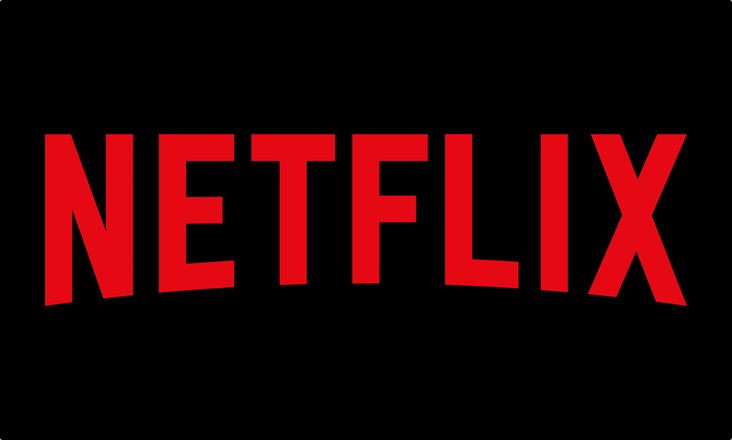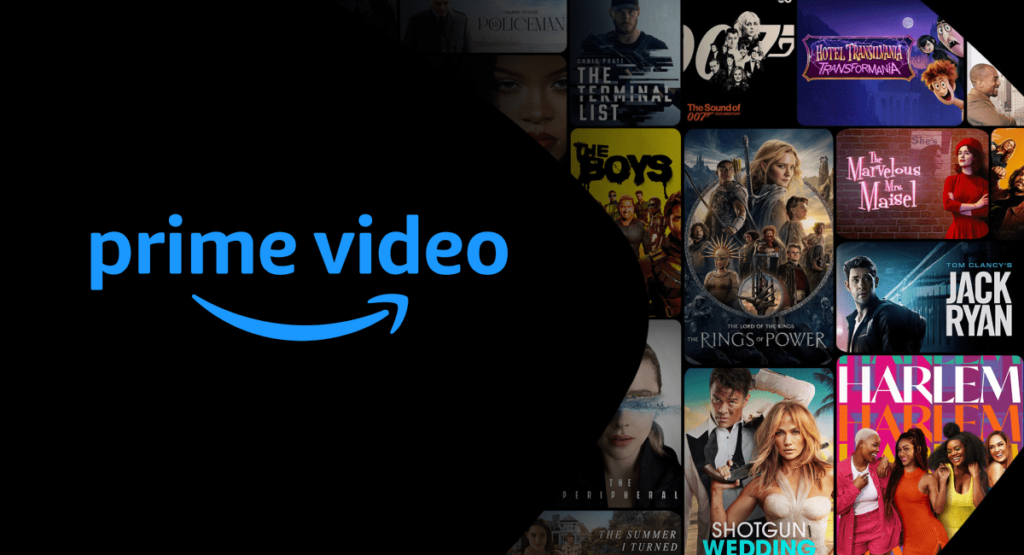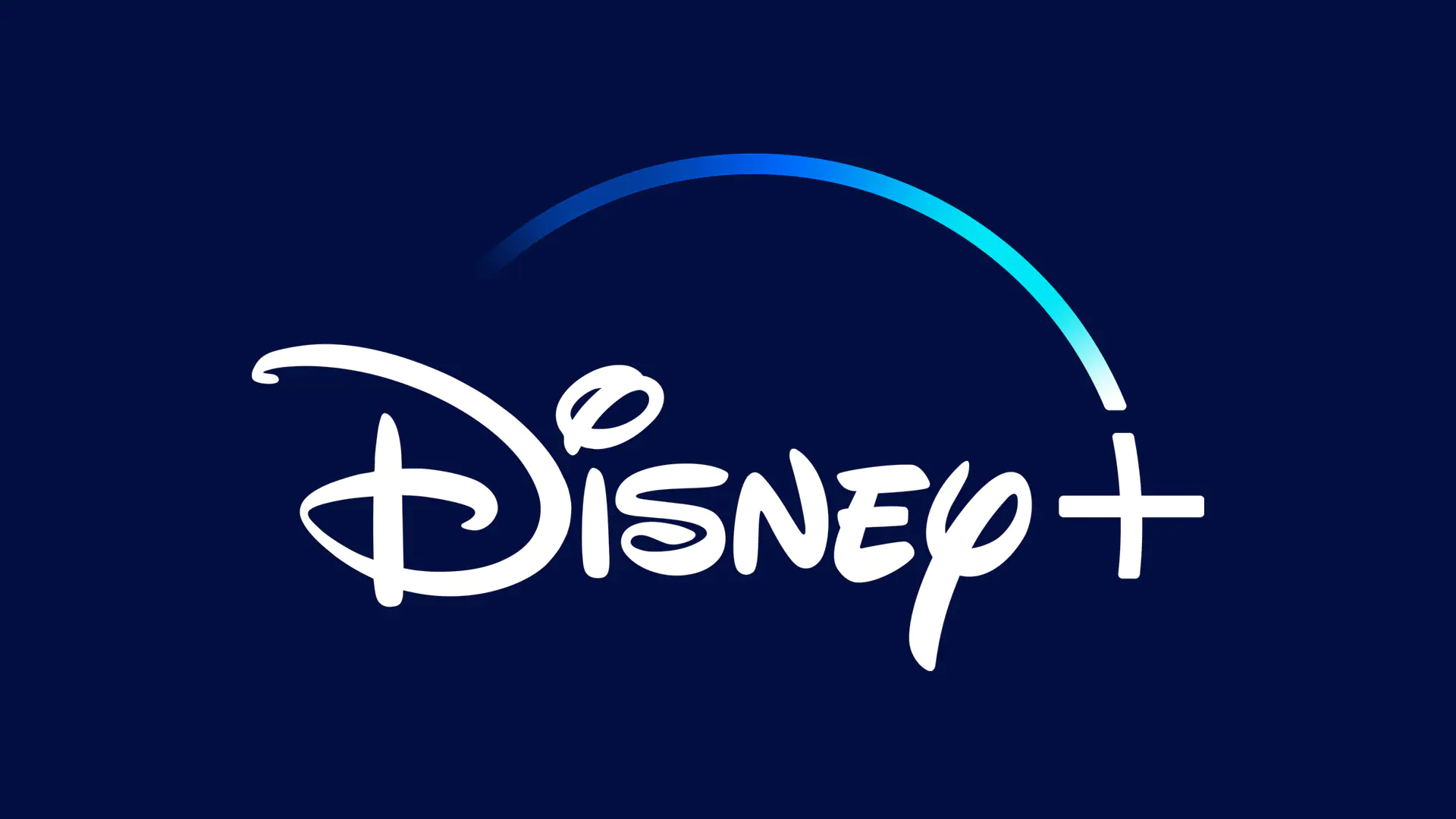
The Future of Content: How OTT Platforms Are Changing the Distribution Landscape
The rise of Over-the-Top (OTT) platforms has revolutionized the way content is produced, distributed, and consumed. As consumer preferences shift towards on-demand viewing, traditional broadcasting models are being challenged. In this blog, we will explore how OTT platforms are shaping the future of content distribution, bolstered by intriguing statistics and insights, to enhance visibility and engagement.
The Growth of OTT Platforms
U.S. OTT Revenue
According to a report from eMarketer, U.S. OTT video revenue was projected to reach $81 billion in 2024, reflecting a consistent growth trajectory due to increasing subscriptions and ad spend.
Streaming Audience Growth
A study by Statista revealed that the number of OTT video subscribers worldwide was expected to surpass 1.5 billion by 2025.
Binge-Watching Trends
A Nielsen study found that during the COVID-19 pandemic, 60% of adults reported binge-watching shows more than usual, showcasing a clear trend towards OTT consumption.
These statistics illustrate not just the burgeoning popularity of OTT platforms, but also indicate a fundamental shift in how audiences prefer to engage with content.
Leading Examples of OTT Platforms
1. Netflix

Netflix paved the way for OTT content with its massive library and original programming. With over 230 million subscribers, shows like “Stranger Things” and “The Crown” have set new benchmarks for streaming success, demonstrating the power of exclusive content.
2. Amazon Prime Video

Amazon Prime Video combines an extensive library of both original content and movies for rent or purchase. Its flexibility in subscription models has attracted millions, ensuring pieces like “The Marvelous Mrs. Maisel” resonate with a vast audience.
3. Disney+

Disney+ tapped into the nostalgia of beloved franchises, quickly amassing millions of subscribers since its 2019 launch. With exclusive series such as “WandaVision,” Disney+ showcases how leveraging existing IPs can create immediate demand.
4. Hulu

Hulu’s unique model merges next-day airing of current TV episodes with its growing catalog of original shows. This versatility has made it a go-to platform for binge-watchers and fans wanting to keep up with the latest episodes.
5. HBO Max

HBO Max has combined HBO’s premium content with additional offerings, delivering blockbuster films the same day they hit theaters. Its original series, like “Succession,” continue to capture the attention of devoted audiences.
6. Apple TV+

Apple TV+ has made an impact with prominently advertised original programming. Hits like “Ted Lasso” showcase Apple’s commitment to high-quality content, drawing in subscribers through exclusive storytelling.
Advantages of OTT Distribution
Flexibility and Convenience
OTT platforms offer viewers the flexibility to watch content anytime, anywhere, and on any device—an advantage traditional television cannot compete with. The rise of mobile viewing, especially, has led to a surge in OTT consumption, particularly among younger demographics who tend to prefer streaming over traditional media.
Diverse Content Libraries
Various platforms provide an extensive range of content catering to different audience likes—from mainstream movies and series on Netflix to niche documentaries on platforms like CuriosityStream. This diversity increases engagement and allows for targeted marketing, ultimately leading to higher viewer retention rates.
The Future Outlook
As we look to the future, the OTT landscape will continue to evolve, driven by advancements in technology, shifting consumer preferences, and competition among platforms. Companies that can adapt to these changes—prioritizing user experience, data analytics, and diverse content offerings—will emerge as leaders in the industry.
The transformation driven by OTT platforms represents a major shift in the content distribution landscape. By leveraging the flexibility, diverse offerings, and consumer preferences associated with these platforms, businesses can enhance their strategies and ultimately establish a stronger foothold in the global market.
Stay informed and agile as the future of content distribution unfolds. The digital era is just beginning, and those who harness the insights discussed in this blog will be well-equipped to thrive in it.
